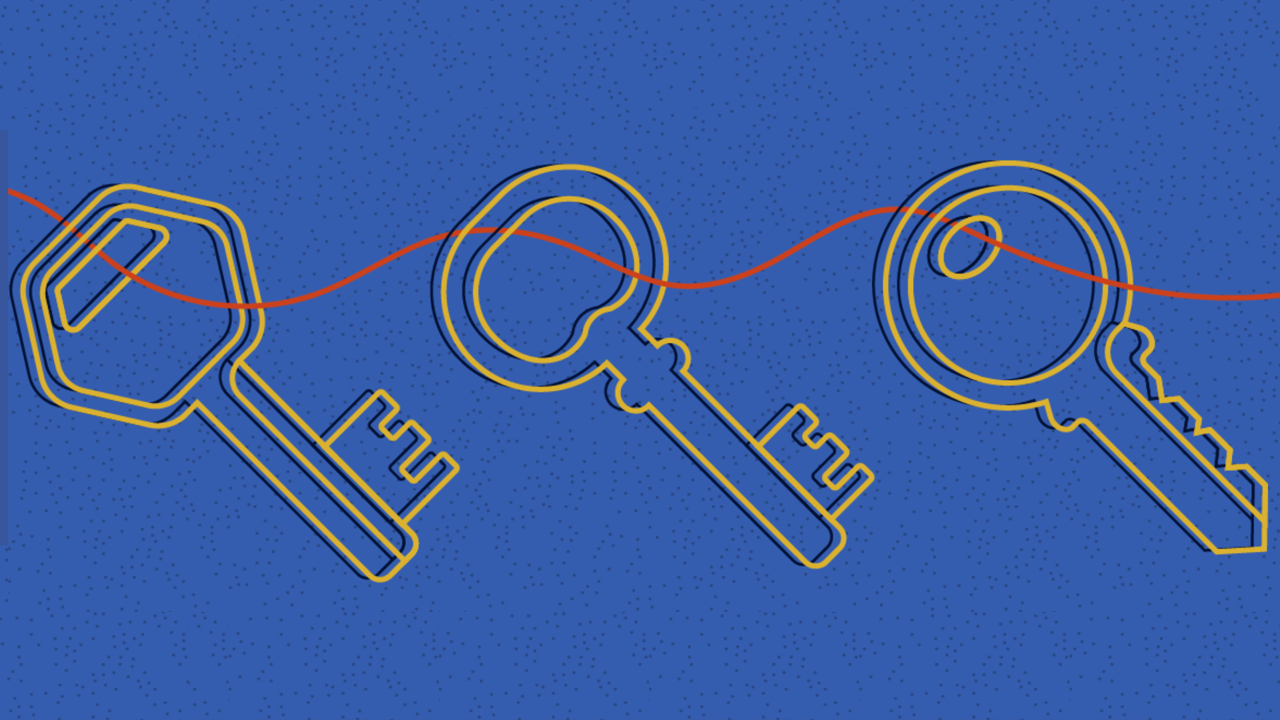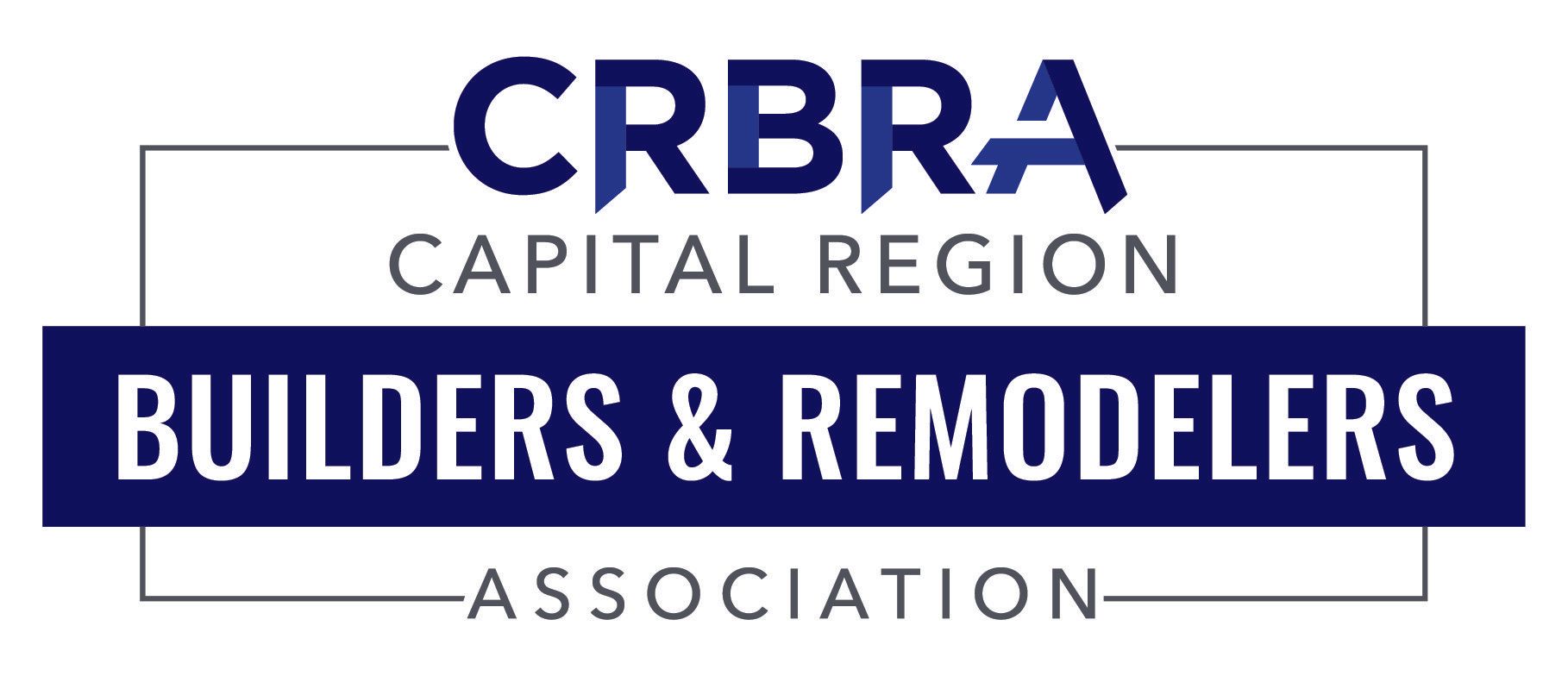Boost Your Home’s Curb Appeal and Make a Great First Impression
While a beautiful exterior and a well kept yard can make buyers flock, any sign of aging or wear can immediately turn your house from someone’s dream home into their “fixer upper.” It might seem petty or unfair, but the truth is that most potential homebuyers make snap decisions on a house’s value and stick to them when it comes time to make a bid. Today, we’ll be discussing ways to increase your curb appeal, maximize your showings and optimize your profits.
When it comes to first impressions, the importance of your home’s exterior really cannot be overstated. New mulch, fresh flowers and careful landscaping provide buyers with an idealistic impression of their future home. Furthermore, nothing makes a house look new like a fresh coat of paint. If the whole house doesn’t need it, just consider touching up your trim and shutters. Polishing your metal work and power washing your front walk is an often overlooked touch that goes a long way to make your house look clean and cared for. Lastly, replace any burnt out exterior light bulbs so that your house is ready to sell, day or night.
Inside, carefully consider and reconsider how each room looks at first pass. Stand in every doorway and imagine you’re seeing it for the first time. Do the curtains look faded and dingy? Cleaning or replacing them with inexpensive new ones can go a long way to making a room look put together. Does your tub or shower look a little used and grimey? Re-caulking hardly takes an afternoon and can make a big difference. Additionally, consider painting any bold colored walls to something more balanced and neutral. You don’t want buyers to remember your listing as “the house with the purple walls.”
It can be a real challenge to imagine someone’s first impression of the house you’ve been living in for years, but it really can make or break a listing. With a few simple touches though, you can dramatically improve the number of potential buyers your home attracts.
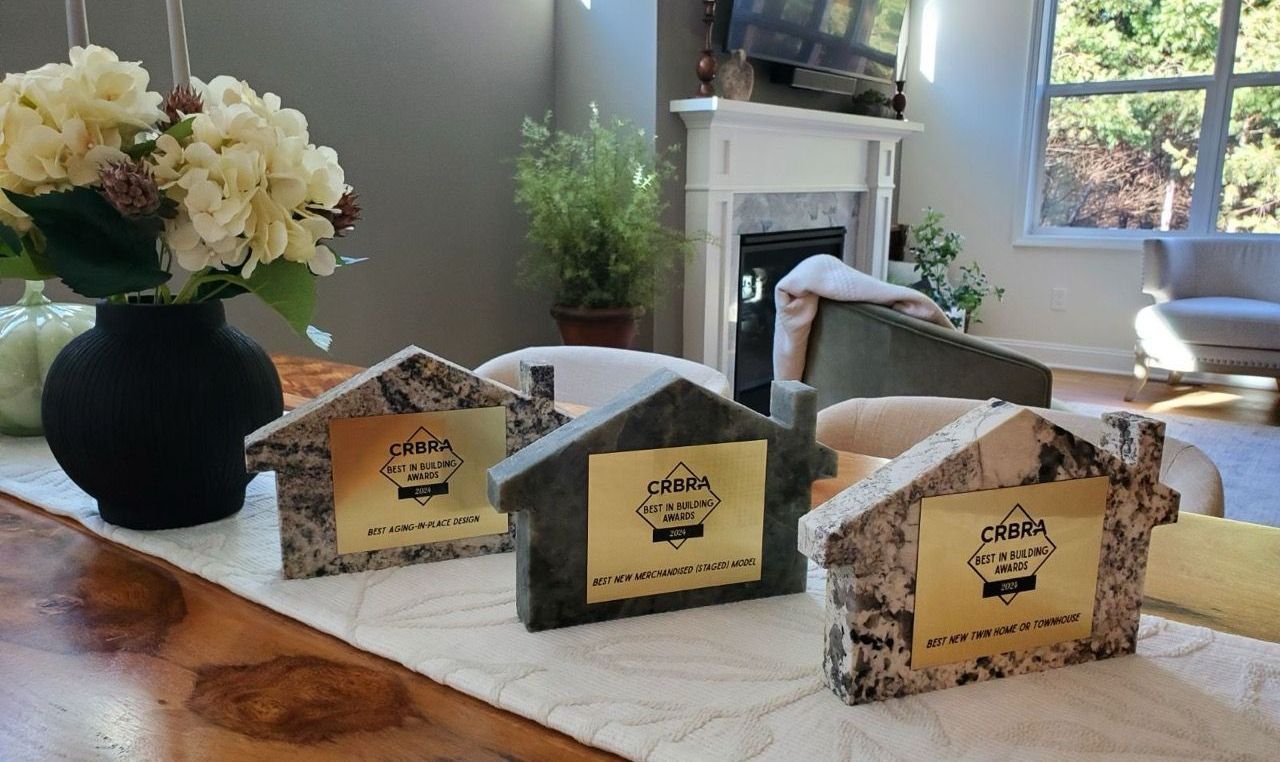
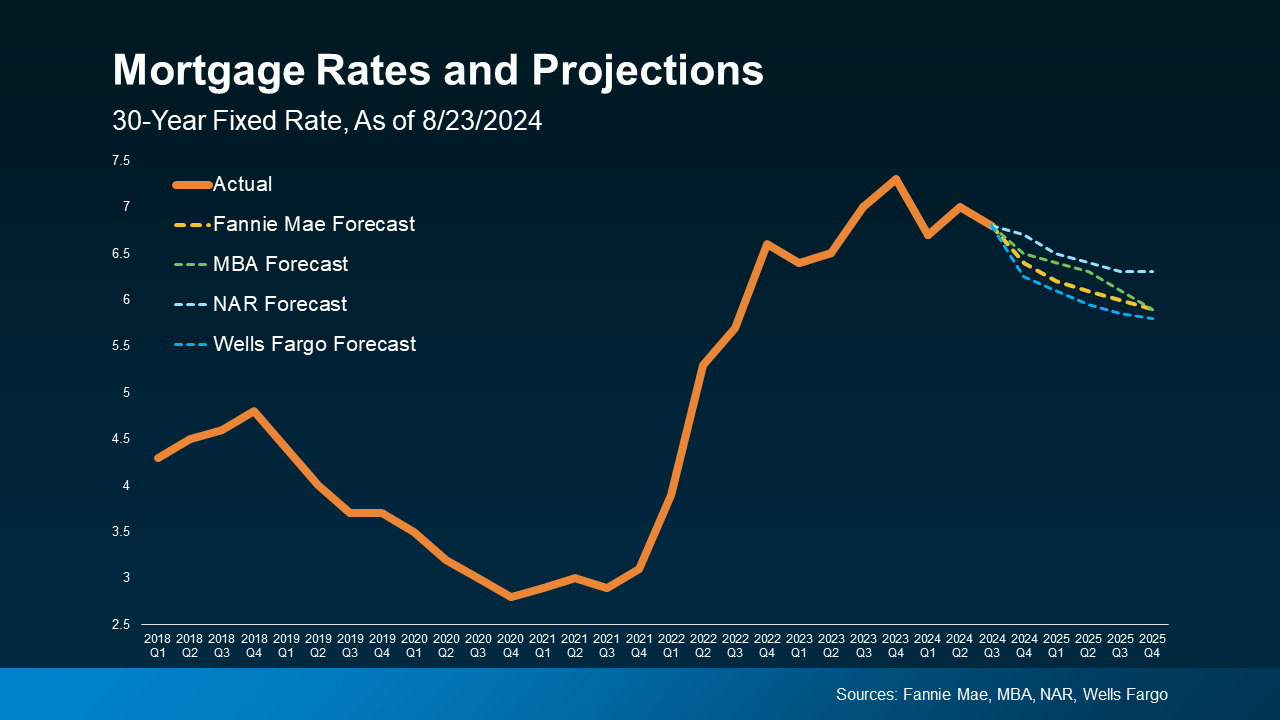
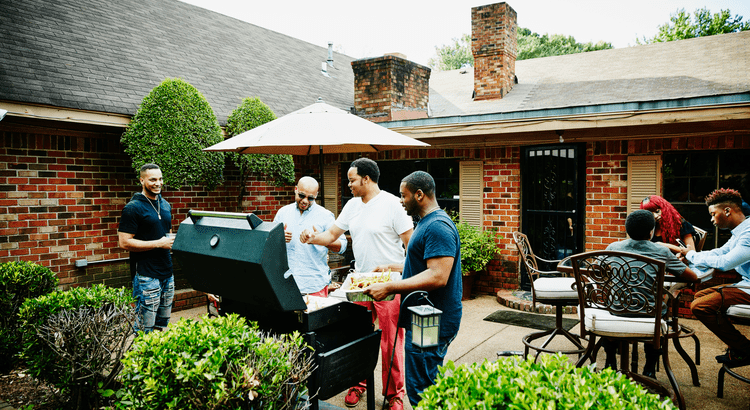
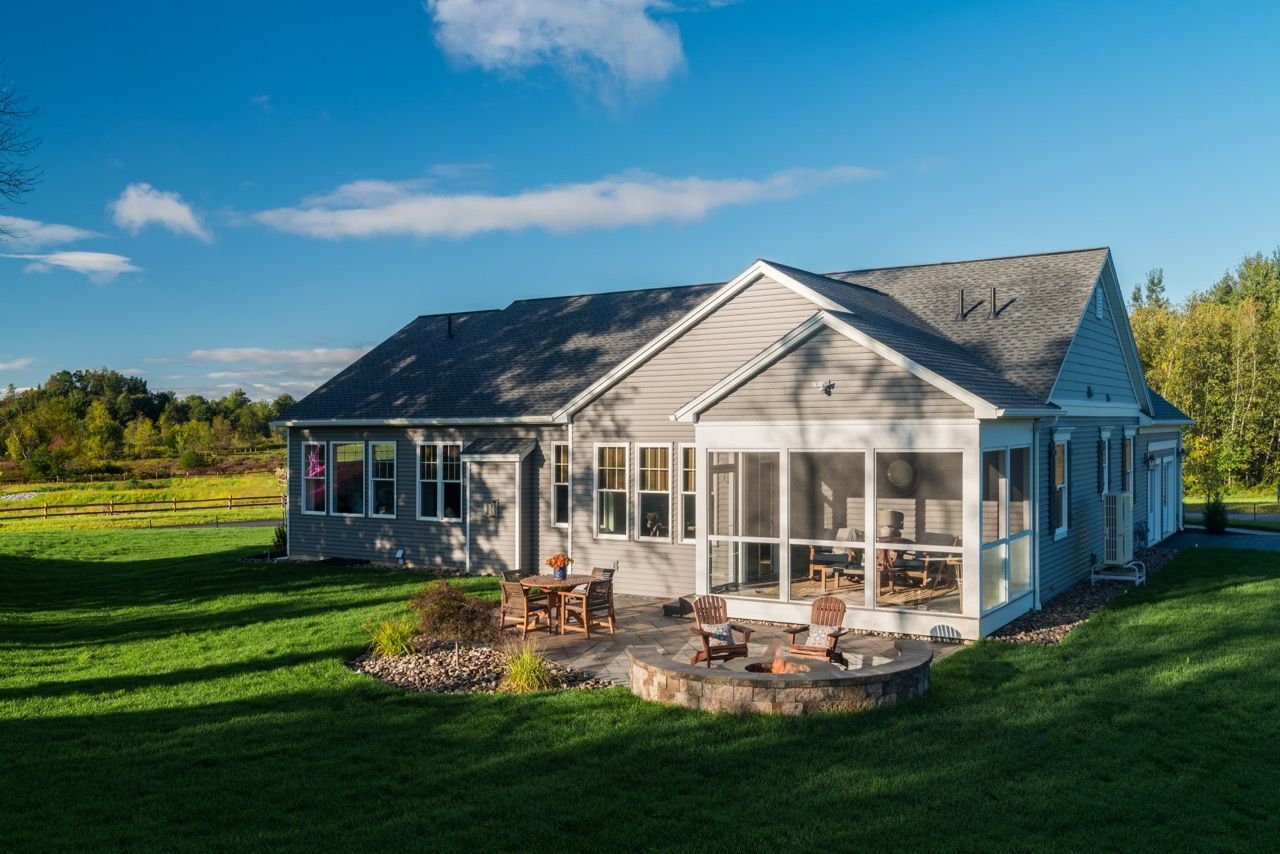
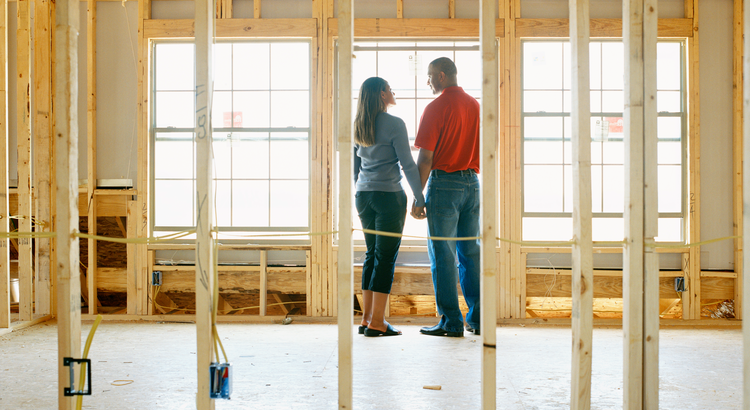
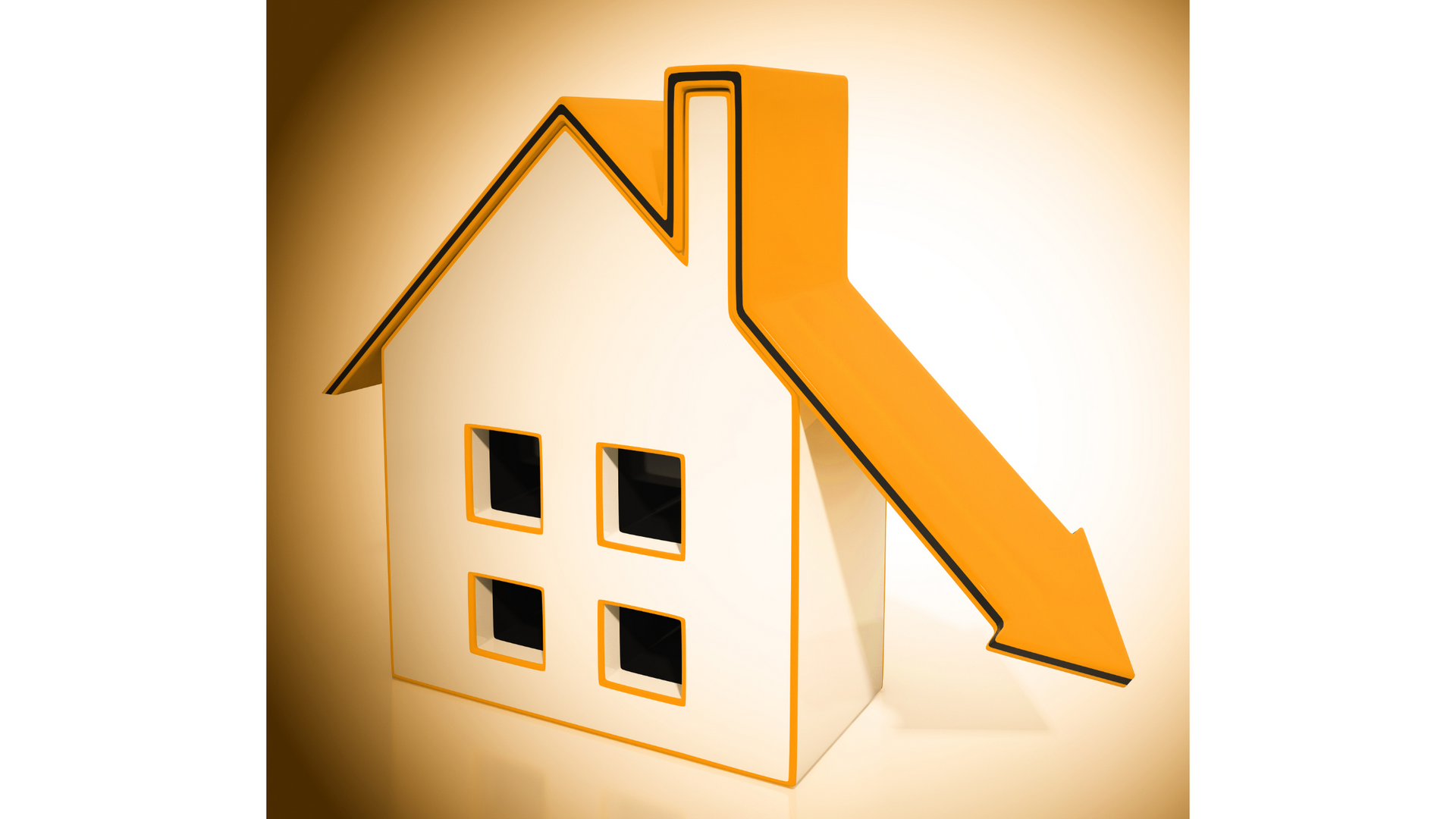
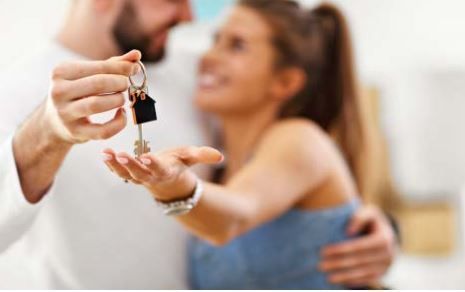
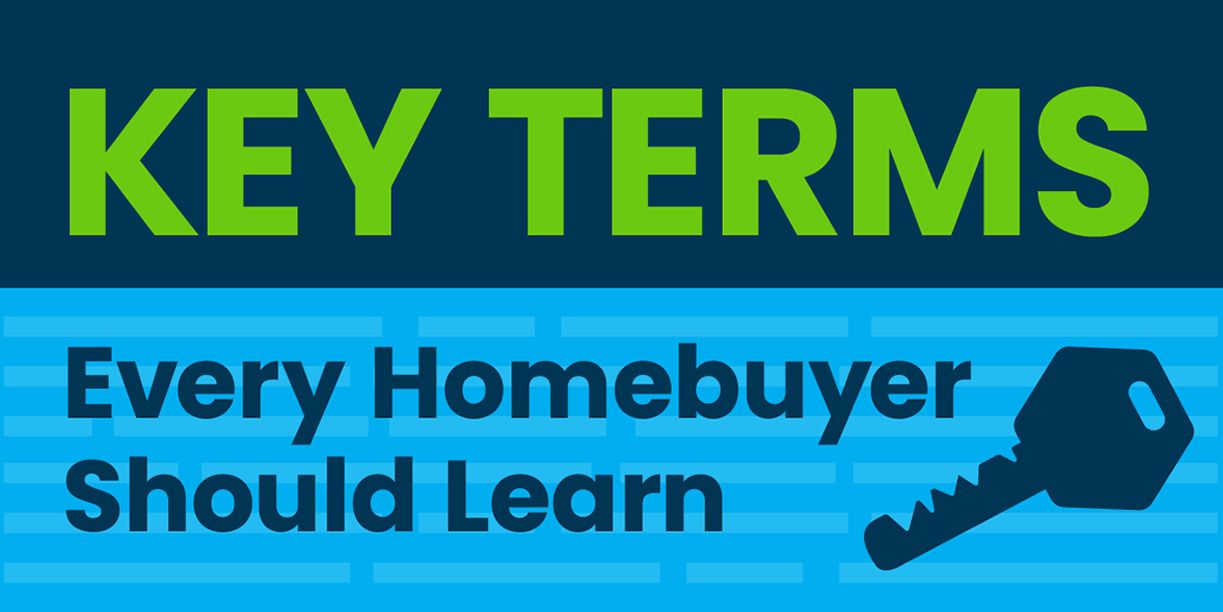
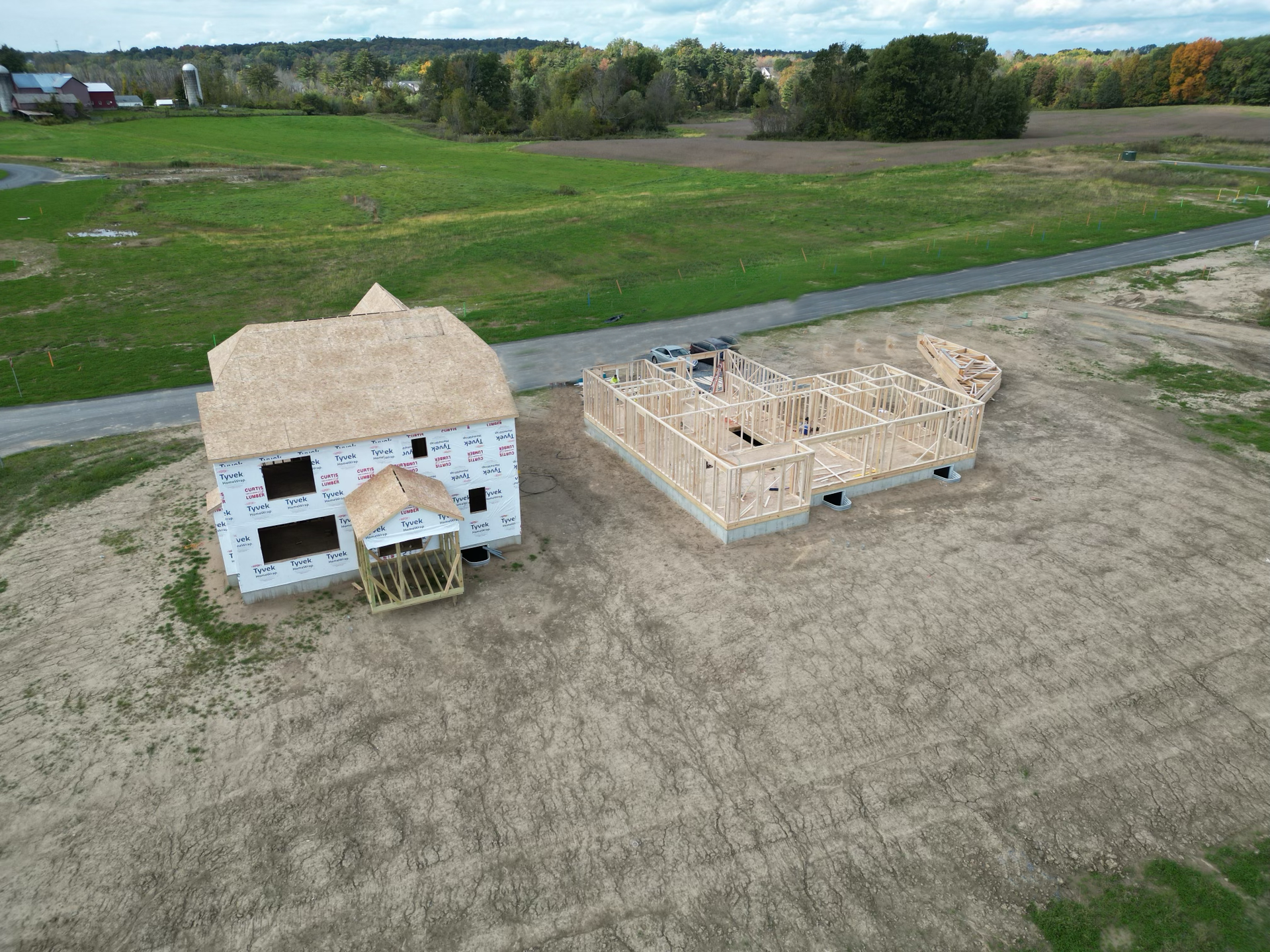
Belmonte Builders built the first house in the Albany, N.Y. region to be certified Gold under the LEED (Leadership in Energy and Environmental Design) for Homes program.

